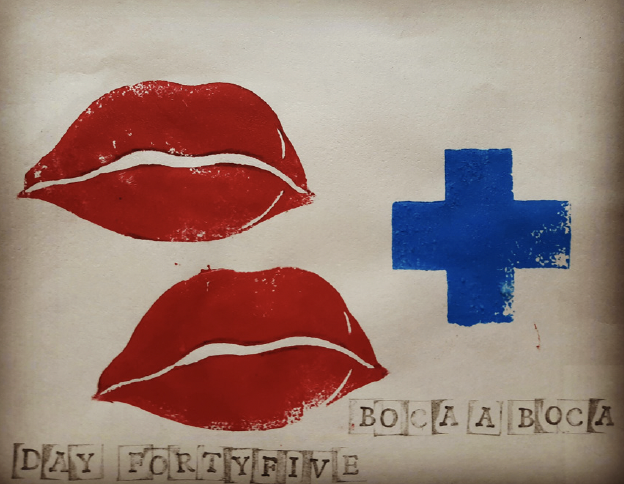Abstract
‘Where are the cats?’ I asked Montse.
COVID-19 hit Barcelona and closed the city’s borders. I drifted between libraries and a printing press. Early evening, a midwinter fog softened the stone corners. Suspended in silence, and free from the crowds that spilled out of cruise ships and cheap flights into the narrow streets of the Gothic quarters, the city lay waiting. Montse answered, ‘People are a bit squeamish about cats. They feel guilty. Cannot quite look cats in the eyes.’ He added, ‘Cats and dogs got eaten during the Spanish Civil War.’ Even after the Civil War, the threat to pets did not end. Spain starved acutely from 1936 to 1942, and then steadily until 1952. Franco’s officially sanctioned famine, named ‘the hunger years’, ensured that starvation was weaponised to stamp out rebellion and exhaust the population. To lay their hands on any kind of flesh, the starving poor stole dogs and cats. Carmen, a survivor, said, ‘Cats soon disappeared because they tasted like rabbits, and people just ate them. A donkey that belonged to a coal delivery company died, and it was cut up and sold for meat. Dogs were also passed off as lamb’ (Fanjul, 2015). While cats were cooked for dinner, men lay discarded, like drifting scraps of paper on the streets, starved to death.

This work is licensed under a Creative Commons Attribution 4.0 International License.
Copyright (c) 2024 Bess Frimodig
